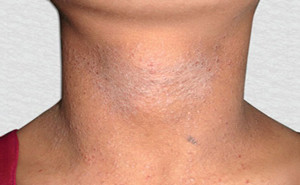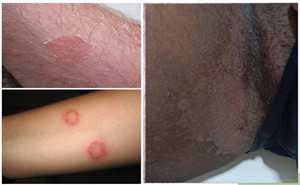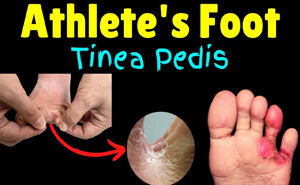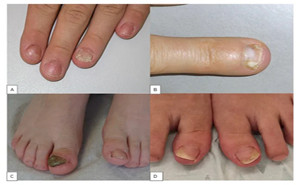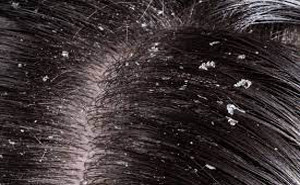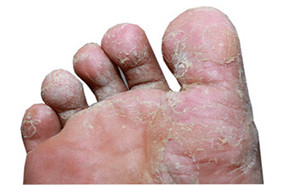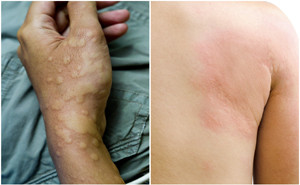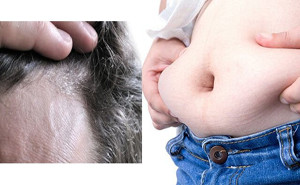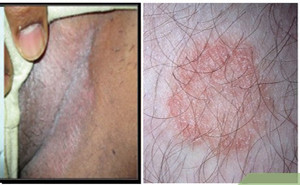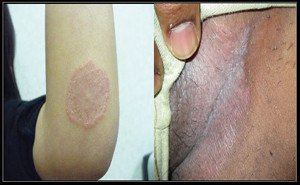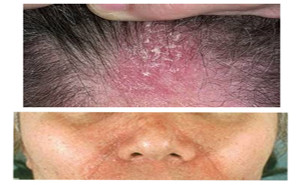Dermatologic-disorders
Indian Journal of Dermatology: Published on July, 2020A Randomized Controlled Parallel
Group Open Labeled Trial with Clinico-Mycological Correlation.Tinea is a superficial fungal
infection caused by dermatophytes which invade and multiply within the
keratinized tissue (skin, hair, nails). Approximately 20%-25% of the world population
is affecte...
Pediatric Dermatology: Published on November 2020Head and neck dermatitis (HND) is a clinical variant of
atopic dermatitis (AD), presenting in adolescence or adulthood and
characterized by involvement of the head, neck, and superior part of the trunk.
The role of Malassezia spp has been advocated in the
pathogenesis of HND, and antifungal agent...
JAMA Dermatology: Published on September 28, 2022With worldwide emergence of recalcitrant and resistant
dermatophytosis, itraconazole is increasingly being used as the first-line drug
for treatment of tinea corporis/cruris (TCC). Apparent inadequacy with low doses has led to empirical use
of higher doses and antifungal combinations.This study ai...
FRONTLINE MEDICAL NEWS – Dr.
Boni E. Elewski.Luliconazole
(NULIZA ®) has something unique
to offer when it comes to treating tinea pedis. This is an azole drug, meaning
it is broad spectrum and kills dermatophytes, yeast, and molds. Also, like all
azoles, it has some antibacterial activity.
The generic Luliconazole
(NULIZA ®) is approved f...
Tinea unguium (Onychomycosis) is often
confused with non-infected nail dystrophy due to skin disease, particularly
psoriasis (also, lichen planus).
Onychomycosis may look similar to nail
dystrophy due to psoriasis but those can be differentiated by presence of psoriasis in
the surrounding skin with pitting nail or by circular area of...
American Family Physician (AFP) Journal:
Seborrheic dermatitis is a common
skin condition in infants, adolescents, and adults.
Seborrheic dermatitis is a chronic
inflammatory dermatologic condition that usually appears on areas of the body
with a large density of sebaceous glands, such as the scalp, face, chest, back,
axilla, and gro...
Journal of Fungi: A Systematic
Review of Randomized Controlled Trials
Tinea pedis, or athlete’s foot, is
a superficial fungal infection of the skin of the feet caused by dermatophytes,
most commonly Trichophyton rubrum, Trichophyton mentagrophyte and
Epidermophyton floccosum.
Tinea pedis is common worldwide,
with more than 70% of t...
PubMed Central: Published: July, 2021
Urticaria is a frequent, mast cell–driven disease that
presents with wheals, angioedema, or both. The lifetime prevalence for acute
urticaria is approximately 20%.
Chronic idiopathic urticaria (CIU) is a common skin condition
characterized by the appearance of recurrent wheals and/or angioede...
Metabolic Syndrome and Related
Disorders Journal: Published
Online: 15 Feb 2022
Seborrheic dermatitis (SD) is a
common, chronic inflammatory disease with relapses and remissions.
TAKE HOME MESSAGE:
This study aimed to evaluate
metabolic syndrome (MS) and glucose metabolism disorders in patients with SD.
The study results showed...
International Journal of Basic & Clinical Pharmacology: Published on July
2021
Superficial Tinea corporis is said
to be recurrent when there is recurrence of the disease within 6 weeks after
the completion of treatment. The prevalence of superficial mycosis is on the
rise with change in spectrum of infection and isolation of some uncommo...
American Journal of Dermatology and Venereology: Published: Feb. 26, 2021
Dermatophytic infections are the
most common fungal infections affecting 20%–25% population globally. The hot
and humid climate in the tropical and subtropical countries like Bangladesh
makes Dermatophytosis is very common fungal infection.
Terbinafine is considered...
American Family Physician (AFP) Journal: Published: Feb 1, 2015
KEY RECOMMENDATIONS FOR PRACTICE
Topical antifungal agents are the
first-line therapy for acute and long-term treatment of seborrheic dermatitis
of the face and body.
Antifungal shampoos (long-term) and
topical corticosteroids (short-term) can be used as sec...

